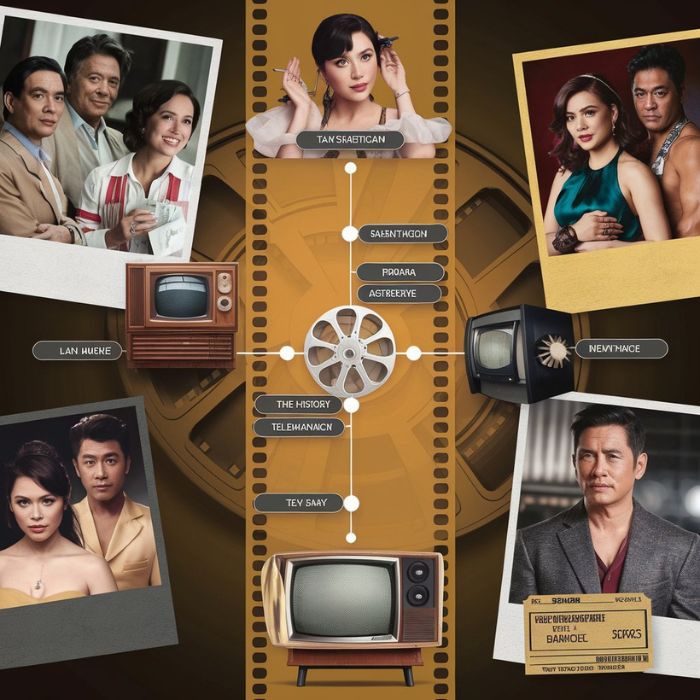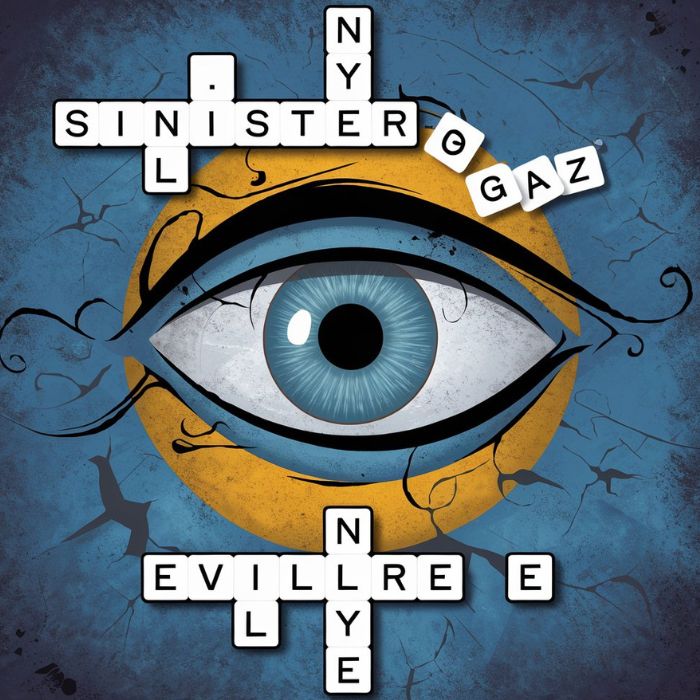Overview of Pinoy Teleserye
Filipino culture is rich with stories that resonate deeply with the heart. At the center of this cultural tapestry lies Pinoy teleserye—a captivating form of television drama that has captured the imaginations of millions. From heartfelt romances to family feuds, these series have become a staple in Filipino households, providing both entertainment and a reflection of societal issues.
As we journey through time, we’ll uncover how this beloved genre evolved from its humble beginnings into a phenomenon that not only entertains but also shapes public opinion and social norms. Join us as we explore the dramatic evolution of Pinoy teleserye and discover what makes it an enduring aspect of Philippine media and culture.
The Early Days:
Roots and Beginnings of Pinoy Teleserye
The origins of Pinoy teleserye can be traced back to the late 1970s and early 1980s. During this time, television was beginning to establish its foothold in Filipino households. The first serialized dramas emerged as a new form of entertainment, blending storytelling with relatable characters.
These early shows often featured melodramatic plots that revolved around family dynamics and societal issues. Themes like love, betrayal, and sacrifice resonated deeply with viewers. Audiences eagerly anticipated each episode’s twists and turns.
As production quality improved, so did audience engagement. Viewers connected emotionally with the characters on screen, setting the stage for a cultural phenomenon that would only grow over time. These foundational stories paved the way for future generations of teleseryes, shaping what would become an integral part of Filipino culture and tradition.
The Rise of the Teleserye Craze in the 2000s
The 2000s marked an explosive era for Pinoy teleseryes. Viewers became glued to their screens as captivating stories unfolded night after night. It was a time when the Filipino audience craved drama, romance, and intrigue.
Shows like “Pangako Sa ‘Yo” captured hearts and sparked conversations across the nation. Stars such as Jericho Rosales and Kristine Hermosa became household names almost overnight. Their chemistry on-screen ignited passion in fans, making every episode unmissable.
Networks invested heavily in production quality during this period. High-definition visuals and gripping storylines elevated the viewing experience for many Filipinos at home. The competition between major networks fueled creativity, leading to innovative narratives that kept audiences wanting more.
Teleseryes also began exploring deeper themes concerning social issues—love against all odds or family struggles resonated widely with viewers from diverse backgrounds. This shift made them not just entertainment but mirrors reflecting society’s complexities too.
The Golden Age of Pinoy Teleserye:
Iconic Shows and Impact on Society
The Golden Age of Pinoy Teleserye emerged in the early 2000s. This era introduced groundbreaking narratives and unforgettable characters that captivated audiences nationwide. Shows like “Marimar” and “Pangako Sa ‘Yo” became cultural phenomena, drawing viewers into their emotional depths.
These teleseryes often tackled societal issues, reflecting everyday struggles faced by Filipinos. Themes of love, betrayal, family loyalty, and social justice resonated deeply with the audience. They sparked conversations around pressing matters such as class disparities and gender roles.
Stars from this period became household names virtually overnight. Their influence extended beyond television screens; they shaped fashion trends and even public discourse.
Fans gathered to discuss plot twists or share theories online, creating vibrant communities centered on shared passions for these stories. The impact was profound, forging connections among viewers across generations while embedding itself in Philippine pop culture history.
Challenges and Controversies Faced by Pinoy Teleserye
Pinoy teleseryes have always been a mirror reflecting societal issues. However, they also face significant challenges and controversies that can’t be ignored.
One major issue is the portrayal of sensitive topics like mental health, domestic violence, and gender roles. While many shows aim to spark conversations, sometimes they oversimplify or misrepresent these themes.
Another point of contention lies in their tendency to recycle storylines. Viewers often express frustration over predictable plots that lack originality. This can lead to a decline in engagement as audiences crave fresh narratives.
Censorship has also posed hurdles for writers and producers. Certain scripts are altered or cut entirely due to political pressures or cultural sensitivities. Such restrictions limit creative expression and storytelling depth.
Social media scrutiny adds another layer of complexity. Fans are quick to voice their opinions online, influencing ratings and ultimately impacting future productions.
Modern Trends and Innovations in Pinoy Teleserye
Today’s Pinoy teleseryes are embracing innovation like never before. Streaming platforms have opened new avenues for storytelling, allowing creatives to explore diverse narratives beyond traditional formats.
Writers are breaking away from the classic love triangle, delving into themes of mental health, social issues, and family dynamics. This shift reflects a more nuanced understanding of Filipino society.
The integration of technology is also noteworthy. Virtual reality experiences and interactive elements invite audiences to engage with their favorite shows in unprecedented ways.
Additionally, collaborations with international filmmakers bring fresh perspectives. Such partnerships enrich local content while making it accessible on a global stage.
Diversity in casting is becoming prevalent too, with more representation across various backgrounds and stories that resonate with different communities. These modern trends highlight an exciting evolution in Philippine television programming.
Final Thoughts
The evolution of Pinoy teleserye reflects the changing landscape of Philippine society and culture. From its humble beginnings to becoming a staple in every Filipino household, these dramas have captured hearts and sparked conversations.
Today, as we witness modern trends such as online streaming and innovative storytelling techniques, it’s clear that Pinoy teleserye continues to adapt. The genre embraces new technologies while remaining rooted in rich traditions.
As audiences evolve, so too does the content they consume. Authentic narratives are now intertwined with fantasy elements or social issues that resonate deeply with viewers. This blend keeps the audience engaged and eager for more.
Through triumphs and challenges alike, one thing remains certain: Pinoy teleseryes will always be an integral part of Filipino life. Their ability to reflect society’s struggles, joys, and dreams ensures their place in our hearts for generations to come.
So whether you’re tuning into a classic rerun or exploring a brand-new show on your favorite streaming platform, there’s no denying the magic these stories hold—drawing us together through shared experiences and emotions unique to our culture.











